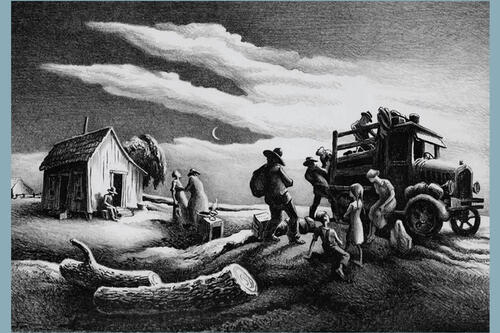
Cover art provided by author
Author
Publication
Peter Lang (2023)
Summary:
John Dewey, Albert Barnes, and the Continuity of Art and Life examines John Dewey's influence on 20th century American avant-garde art.
Abstract:
This carefully researched book offers a dynamic and expansive Deweyan vision for the arts and education. This (re)vision acknowledges the influence on Dewey’s aesthetics of art collector and educator Albert Barnes, while also exploring the various ways Dewey’s writings on the arts, in moving beyond Barnes’ "scientific aesthetic method," were an important resource for many innovative twentieth-century American artists, art movements, and arts-related educational institutions. Neither Barnes’ influence on Dewey nor the features of Dewey’s naturalistic aesthetics that made his "Art as Experience" a favorite text of many artists and arts practitioners have been fully and adequately acknowledged in existing literature on Dewey’s thinking about the arts and education. This book effectively remedies that situation.